
Ex PT // Scaling health stores // Posting educational content on various health related topics // Q&As on IG at helios_movement // Not medical advice
56 subscribers
How to get URL link on X (Twitter) App




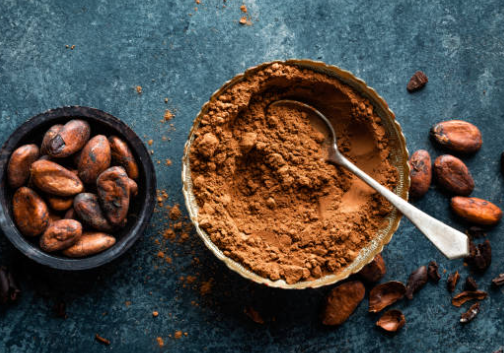
 *Standard disclaimer that nothing in this thread should be used as a substitute for medical advice*
*Standard disclaimer that nothing in this thread should be used as a substitute for medical advice*



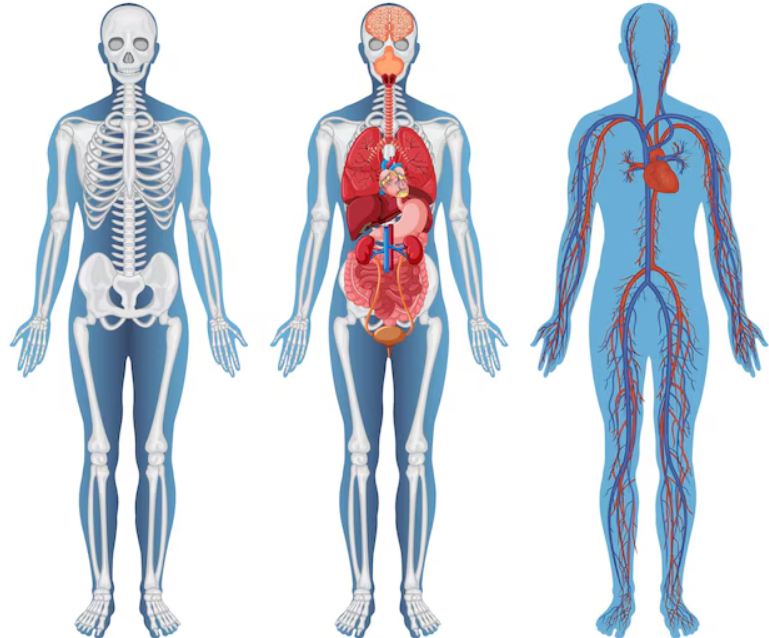
 *Standard disclaimer that nothing in this thread should be used as a substitute for medical advice*
*Standard disclaimer that nothing in this thread should be used as a substitute for medical advice*
 *Standard disclaimer that nothing in this thread should be used as a substitute for medical advice*
*Standard disclaimer that nothing in this thread should be used as a substitute for medical advice*

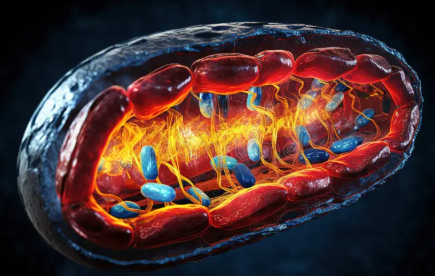
 *Standard disclaimer that nothing in this thread should be used as a substitute for medical advice*
*Standard disclaimer that nothing in this thread should be used as a substitute for medical advice*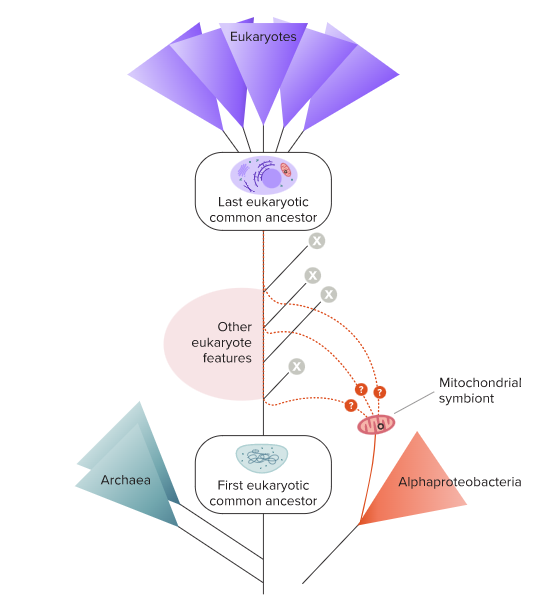
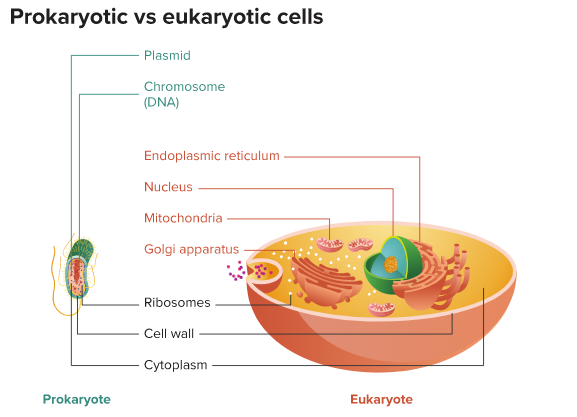

 -You have a higher chance of being gay if your mom was hypothyroid during pregnancy.
-You have a higher chance of being gay if your mom was hypothyroid during pregnancy.
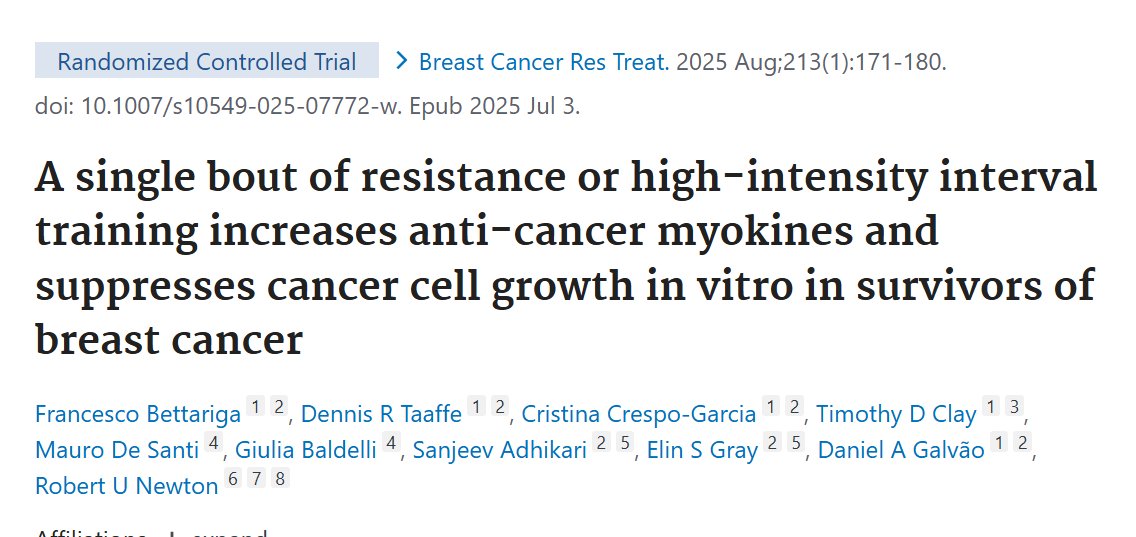


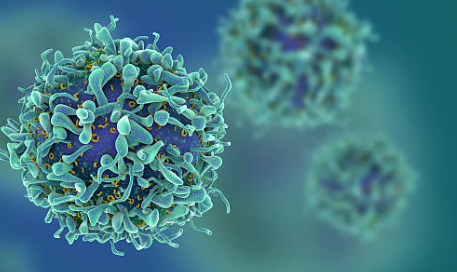
 *Standard disclaimer that nothing in this thread should be used as a substitute for medical advice*
*Standard disclaimer that nothing in this thread should be used as a substitute for medical advice*
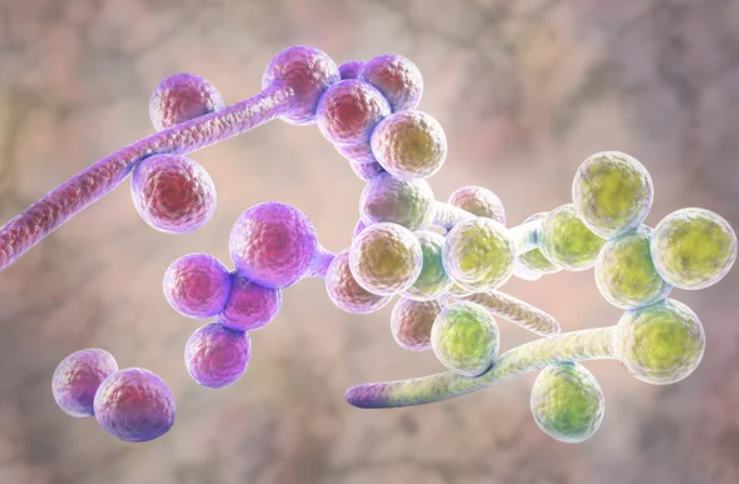

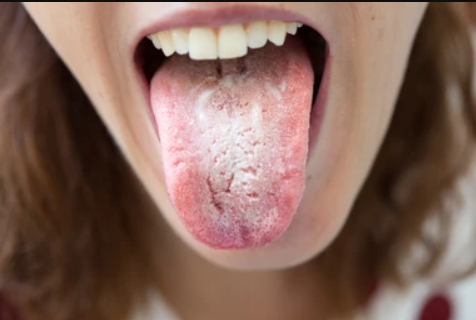 *Standard disclaimer that nothing in this thread should be used as a substitute for medical advice*.
*Standard disclaimer that nothing in this thread should be used as a substitute for medical advice*.
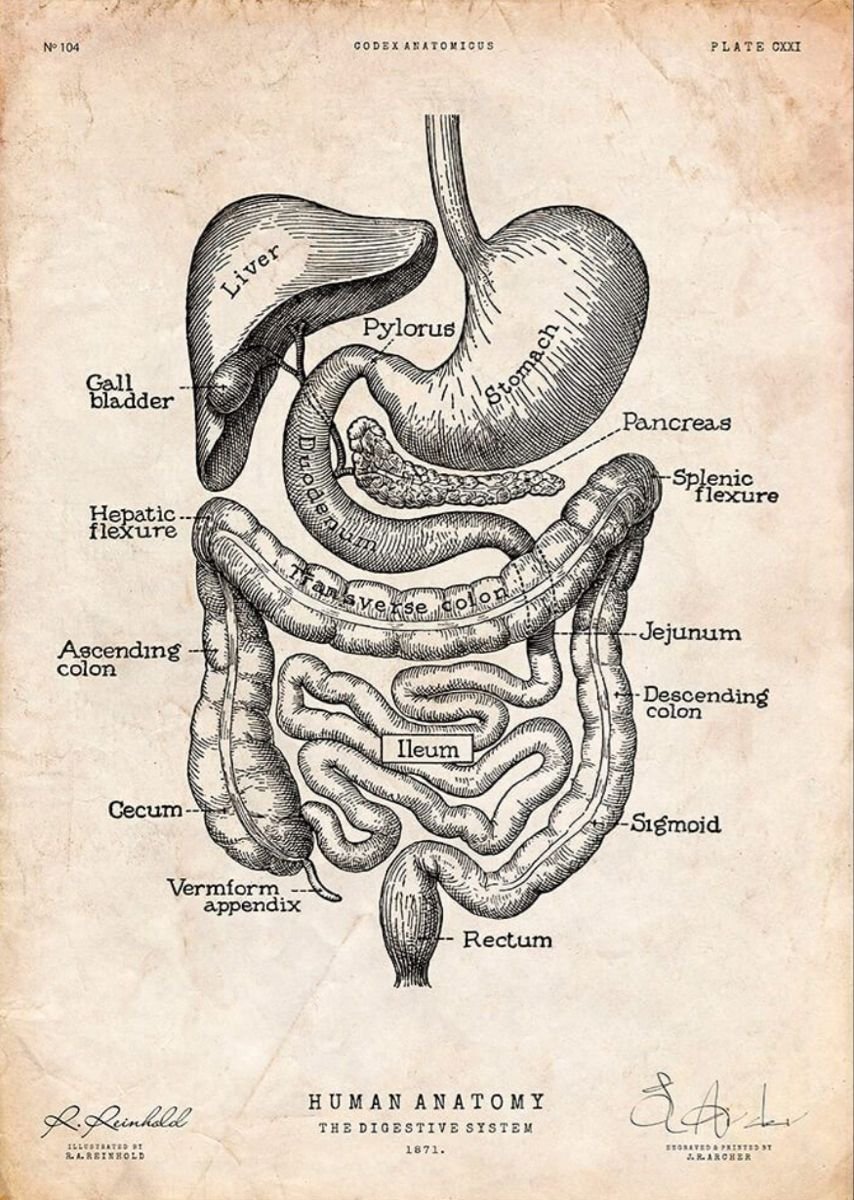
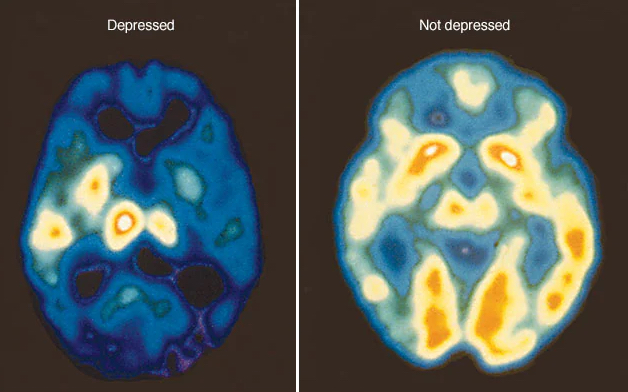
 *Standard disclaimer that nothing in this thread should be used as a substitute for medical advice*
*Standard disclaimer that nothing in this thread should be used as a substitute for medical advice* 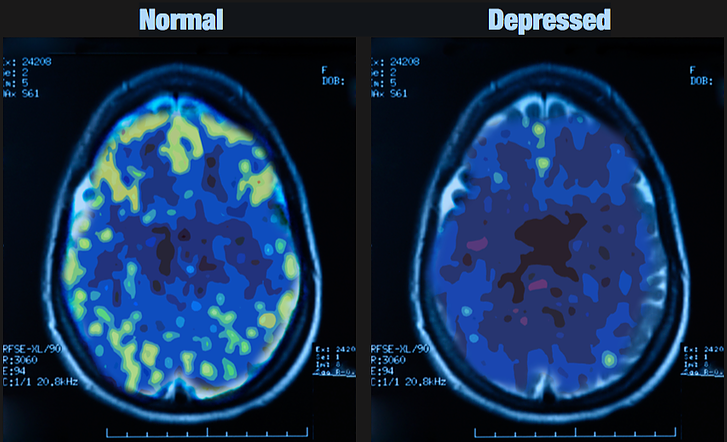


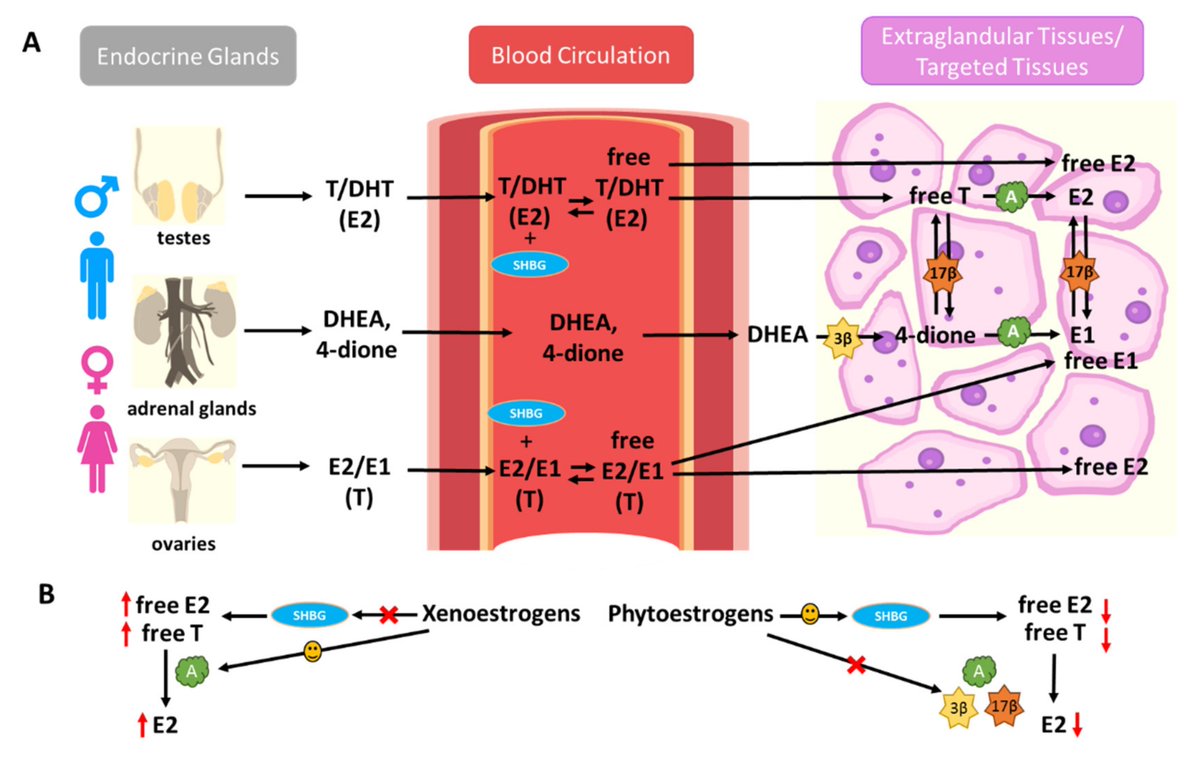
 *Standard disclaimer that nothing in this thread should be used as a substitute for medical advice*
*Standard disclaimer that nothing in this thread should be used as a substitute for medical advice*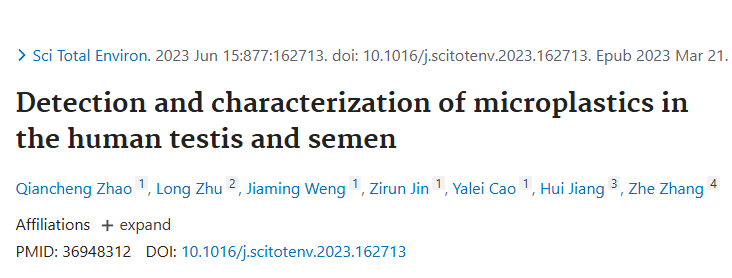
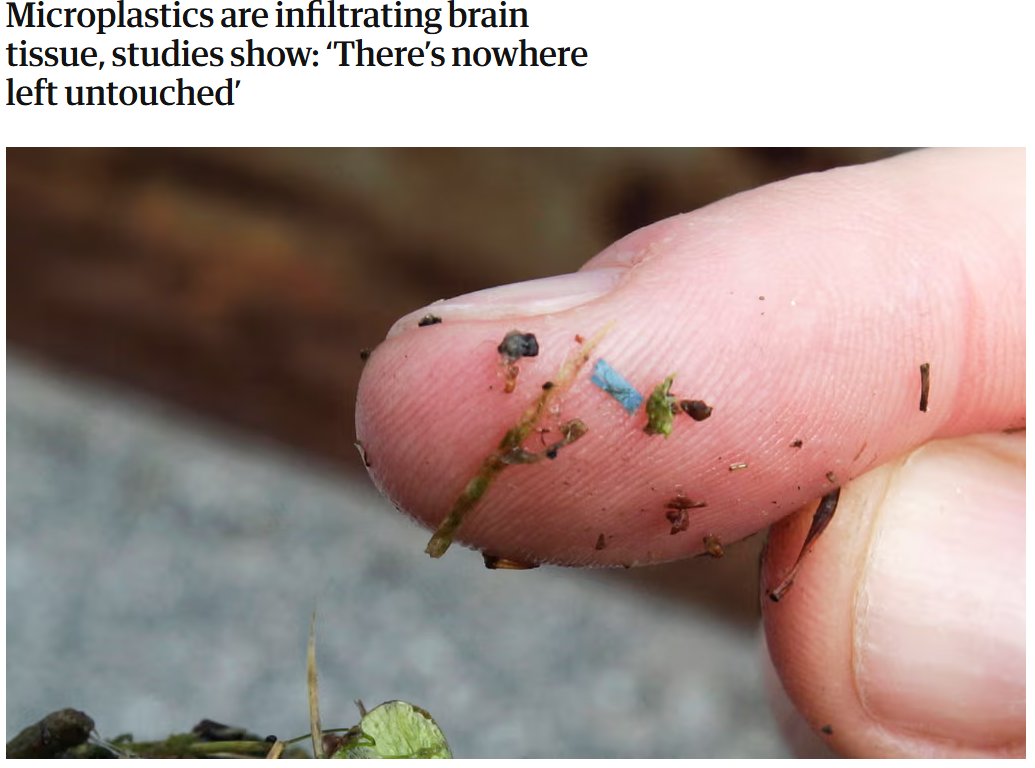
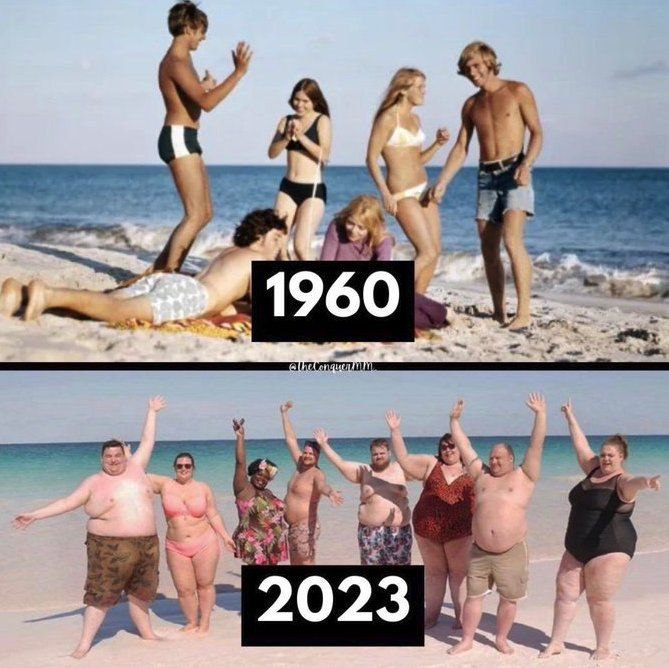
 *Standard disclaimer that nothing in this thread should be used as a substitute for medical advice*
*Standard disclaimer that nothing in this thread should be used as a substitute for medical advice* 


https://twitter.com/cremieuxrecueil/status/1991942320284131656


 -Mothers who are low in Vitamin D during pregnancy are more likely to give birth to children who develop autism and ADHD by age 10.
-Mothers who are low in Vitamin D during pregnancy are more likely to give birth to children who develop autism and ADHD by age 10.

 *Standard disclaimer that nothing in this thread should be used as a substitute for medical advice*.
*Standard disclaimer that nothing in this thread should be used as a substitute for medical advice*.


 *Standard disclaimer that nothing in this thread should be used as a substitute for medical advice*
*Standard disclaimer that nothing in this thread should be used as a substitute for medical advice*





 *Standard disclaimer that nothing in this thread should be used as a substitute for medical advice*
*Standard disclaimer that nothing in this thread should be used as a substitute for medical advice*
 *Standard disclaimer that nothing in this thread should be used as a substitute for medical advice*
*Standard disclaimer that nothing in this thread should be used as a substitute for medical advice*





 *Standard disclaimer that nothing in this thread should be used as a substitute for medical advice*
*Standard disclaimer that nothing in this thread should be used as a substitute for medical advice* 


 *Standard disclaimer that nothing in this thread should be used as a substitute for medical advice*
*Standard disclaimer that nothing in this thread should be used as a substitute for medical advice*




 But the problems don't end here.
But the problems don't end here. 





 *Standard disclaimer that this does not constitute medical advice*
*Standard disclaimer that this does not constitute medical advice*

 *Standard disclaimer that nothing in this thread should be used as a substitute for medical advice*
*Standard disclaimer that nothing in this thread should be used as a substitute for medical advice*



 *Standard disclaimer that nothing in this thread should be used as a substitute for medical advice*
*Standard disclaimer that nothing in this thread should be used as a substitute for medical advice*